Gene Cernan: 1934 – 2017
Astronaut Gene Cernan has died at the age of 82 surrounded by his family. NASA announced the newson Twitter, saying “We are saddened by the loss of retired NASA astronaut Gene Cernan, the last man to walk on the moon.”

The last man on the Moon
A captain in the US Navy, Cernan will be remembered for his three historic missions into space, Gemini 9A, where he became the second American to walk in space, Apollo 10 and Apollo 17, in which he became the last person to leave their footprints on theMoon.

Decorated pilot
Eugene Andrew Cernan was born on 14 March 1934 in Chicago, and became a Naval Aviator in 1958, amassing 4,800 hours flying jet aeroplanes.
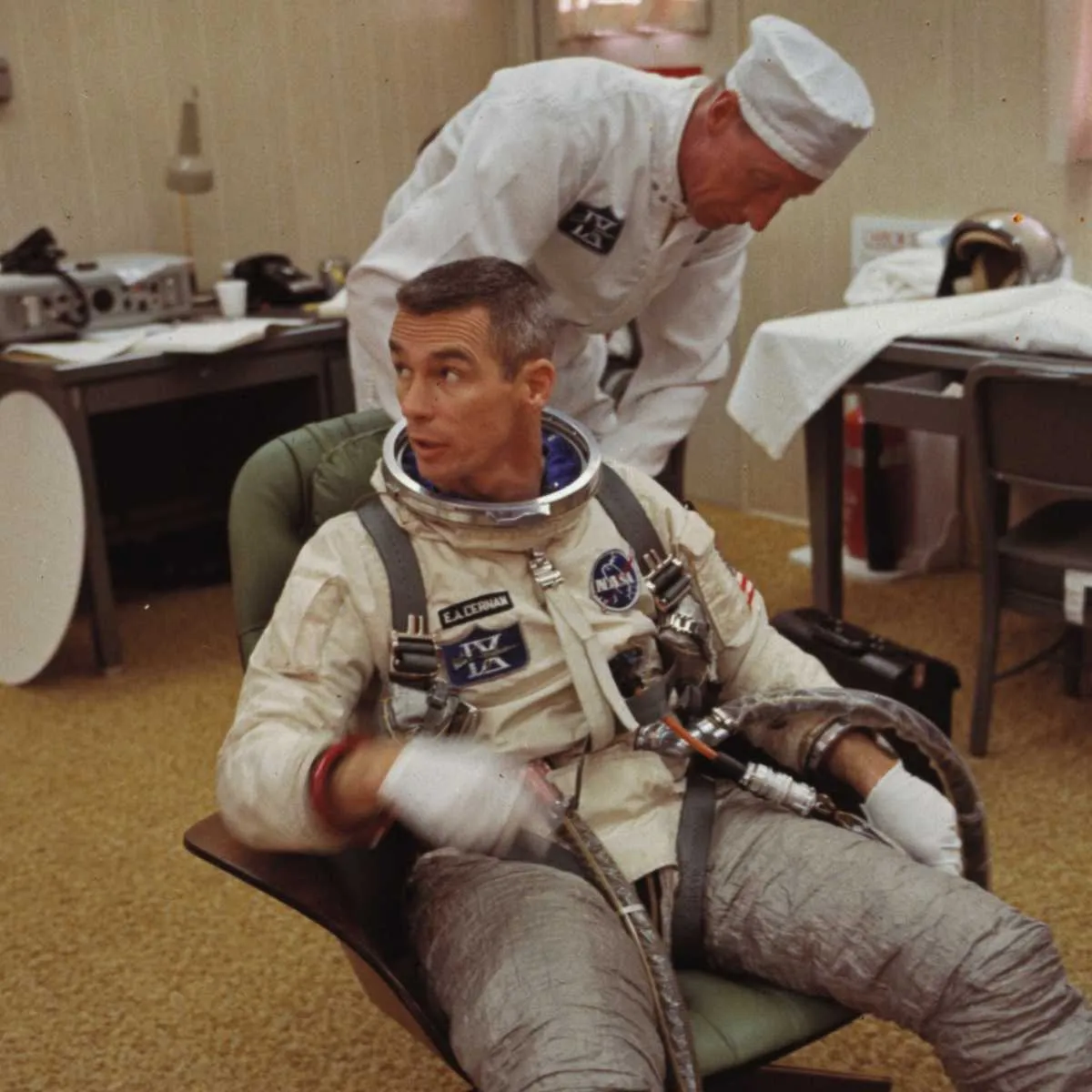
NASA astronaut
In October 1963 Cernan was selected byNASAin a group of astronauts to participate in the Gemini and Apollo space programmes.

Gemini 9A
Cernan’s first mission in space was preceded by tragedy, as the original crew of the Gemini 9 mission, Elliot See and pilot Charles Bassett, were killed in a plane crash. As backup, Cernan and command pilot Thomas P. Stafford flew into orbit on 3 June 1966.

Angry alligator
The Gemini 9A’s mission was to dock with an Augmented Target Docking Adaptor (ATDA), but when they reached the target they discovered the nose had failed to open, making docking impossible. Stafford said:"It looks like an angry alligator out here rotating around."
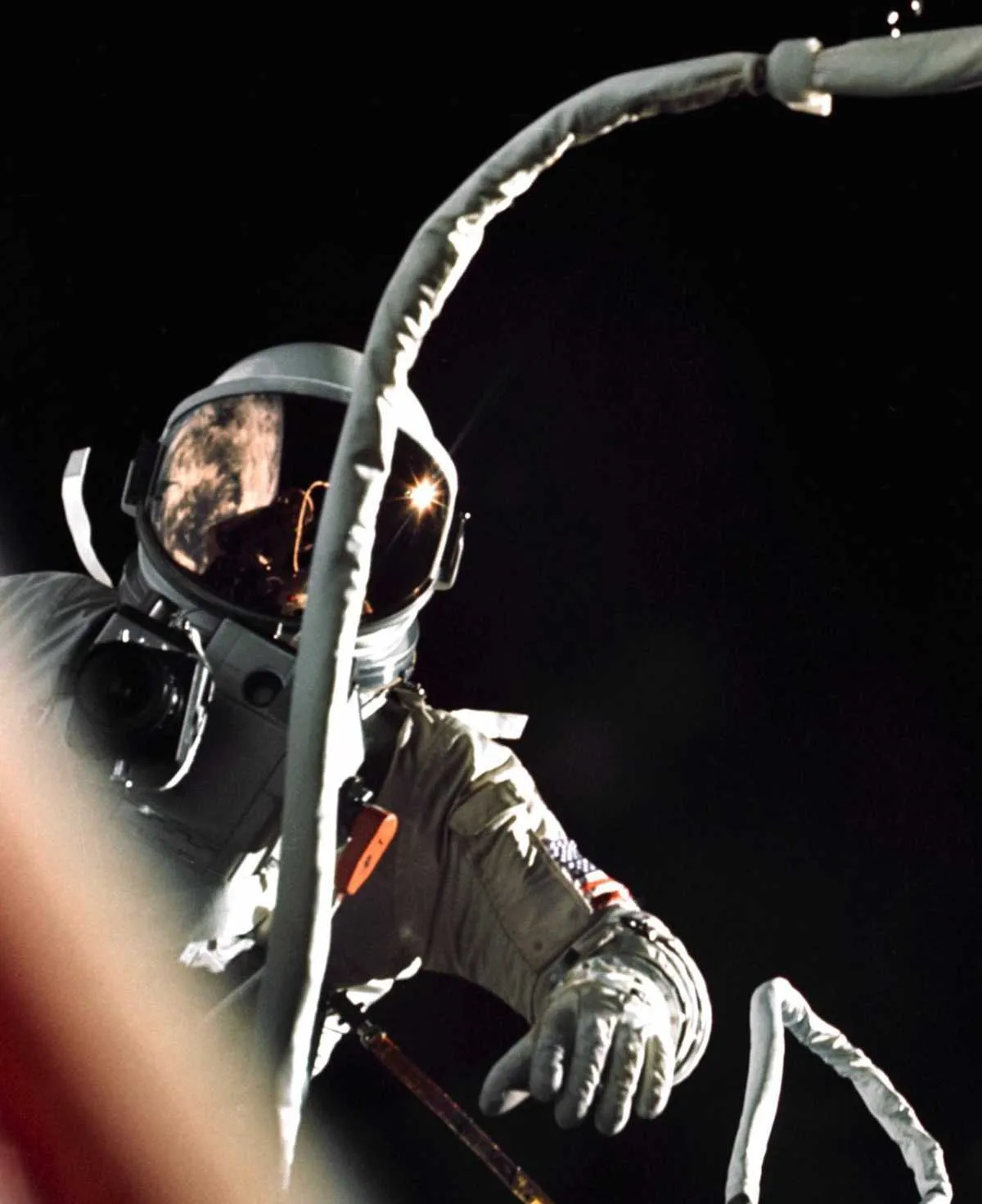
Troubled EVA
The only way to save the mission was for Cernan to perform an EVA, which in itself was beset by problems. Cernan’s suit was overpressured and wouldn’t bend, making movement difficult, and when exiting the ship began to tumble uncontrollably.
After regaining control, he attempted to test the Astronaut Maneuvering Unit (AMU). His heart rate rose to 180bpm and overheating caused his visor to fog, and although Cernan wanted to continue, Stafford cancelled the mission on account of exhaustion. He spent 128 minutes in space.
Due to the issues encountered on this mission, the AMU was never used again and the spacesuits were significantly modified to reduce fogging.
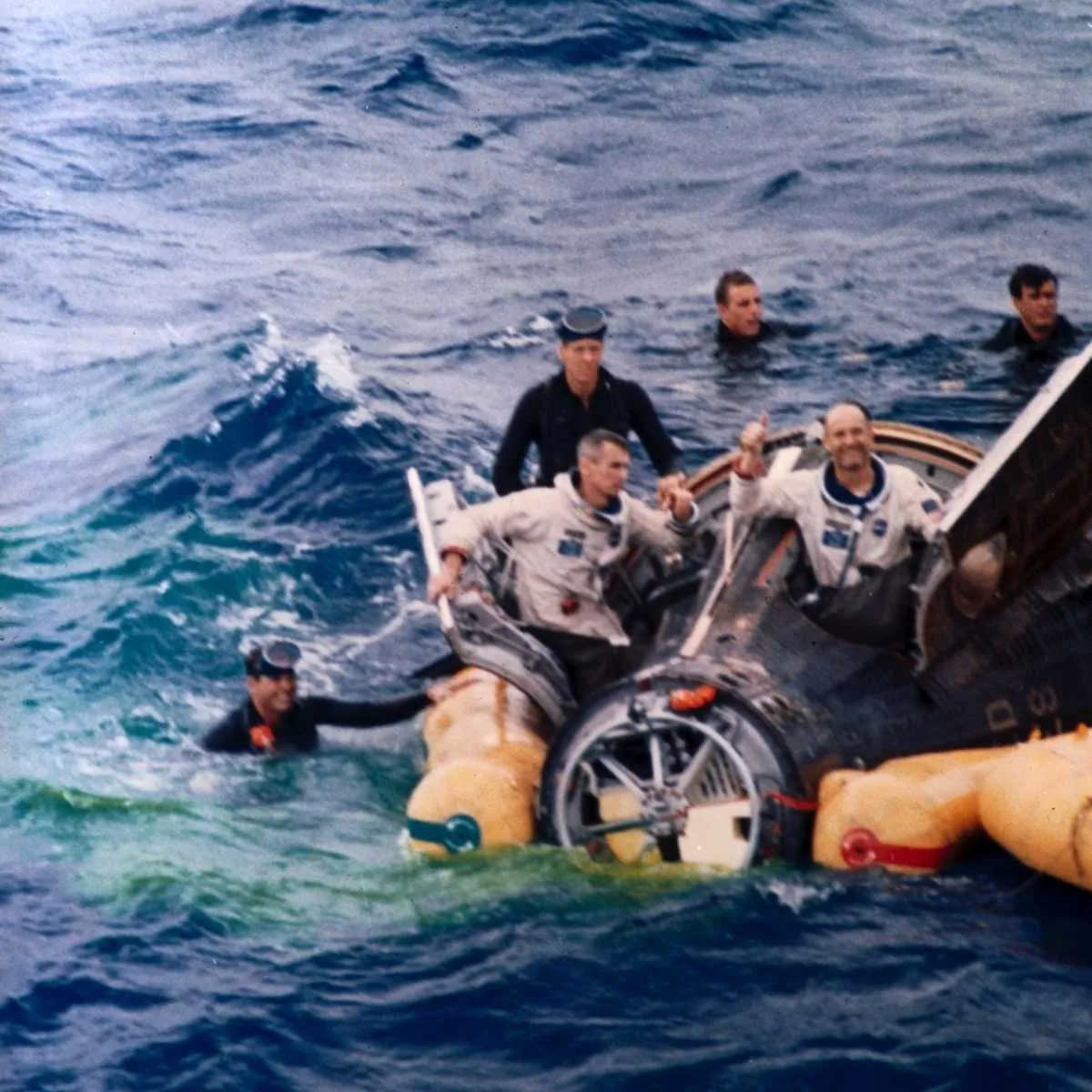
Successful return
Despite all the issues with the mission in space, the re-entry was significantly more successful, landing only 700m away from the planned landing site.
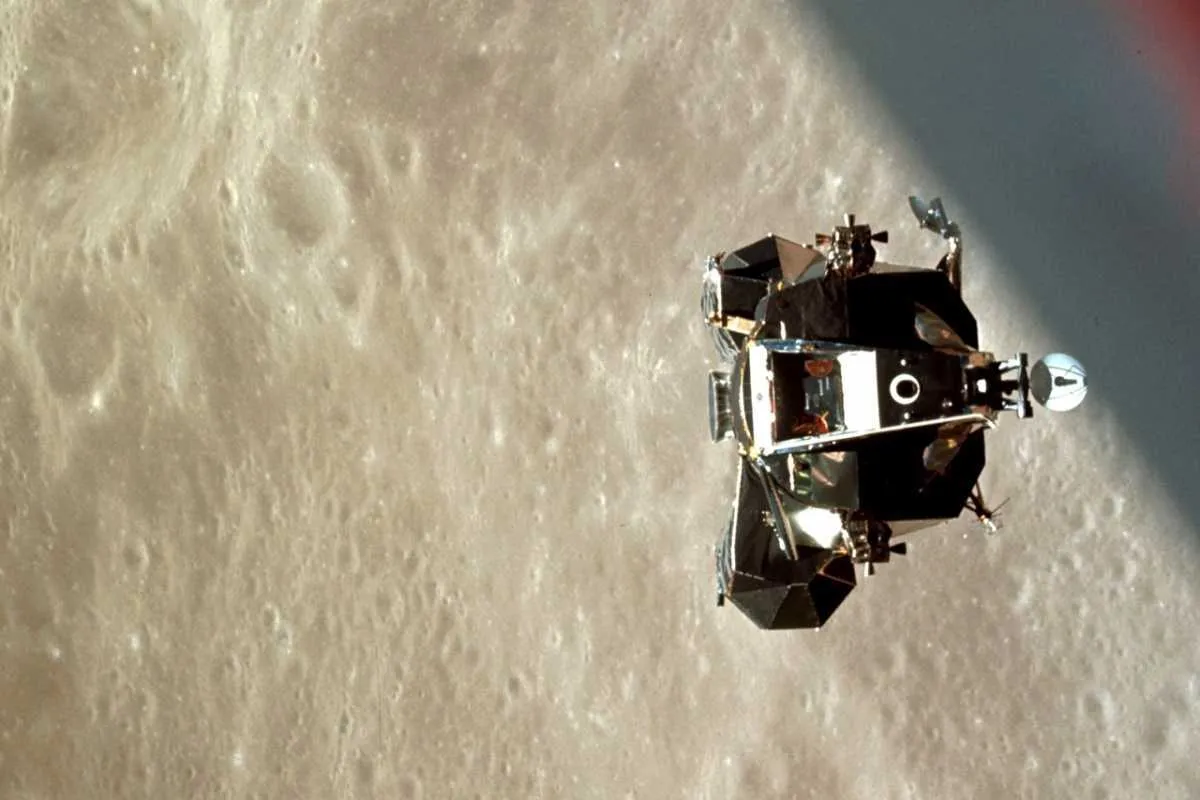
Apollo 10
Cernan’s next mission to space was part of theApollo programmeto land astronauts on the Moon. Although Apollo 10 did not land on the Moon, Cernan piloted the module within eight nautical miles of the surface, proving the performance, stability, and reliability of the module. This paved the way for the Apollo 11 Moon landing.
In a 2007 interview, Cernan said, "I keep telling Neil Armstrong that we painted that white line in the sky all the way to the Moon down to 47,000 feet so he wouldn't get lost, and all he had to do was land. Made it sort of easy for him."
During the return back to Earth, the module reached a speed of 39,897 km/h, the fastest a manned vehicle has ever reached.
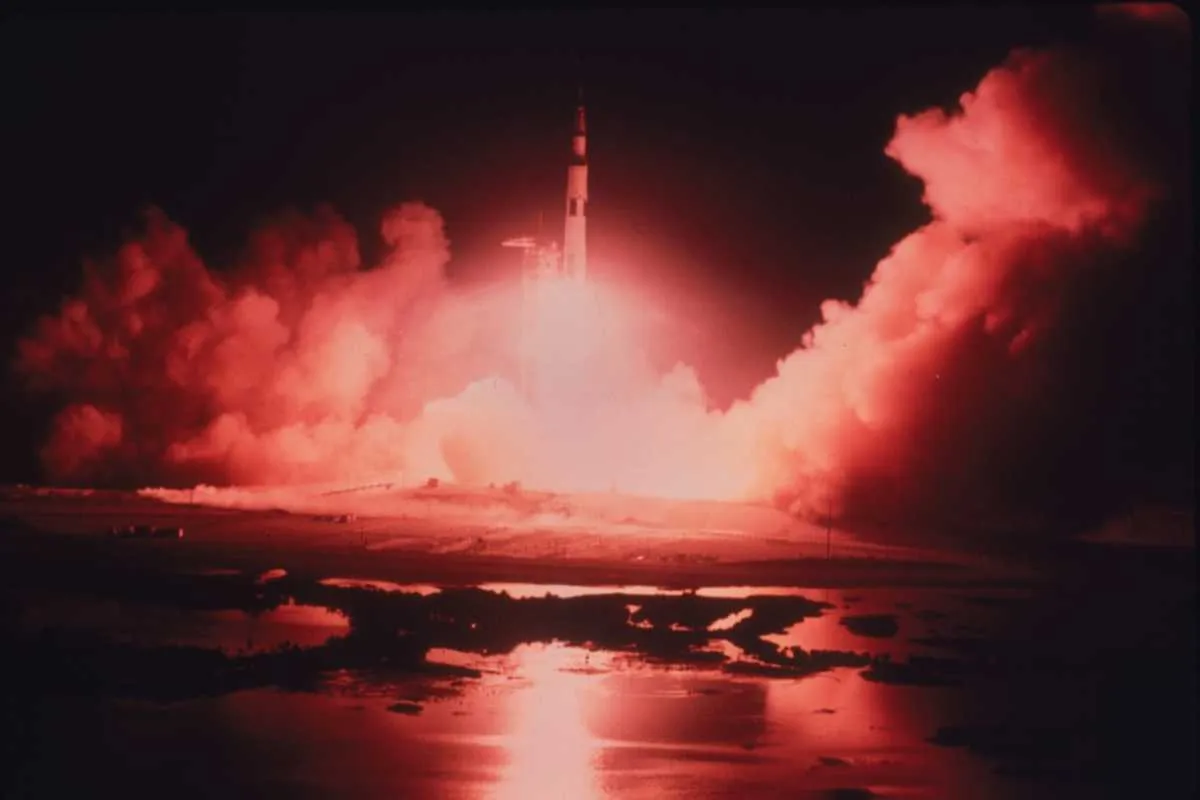
Apollo 17
Cernan passed up the opportunity to pilot on Apollo 16 so that he could be the commander of Apollo 17, a risk as this would go on to be the last following Apollo 18's cancellation. The module lifted off from the Kennedy Space Center at 2:33am EST on 7 December 1972.
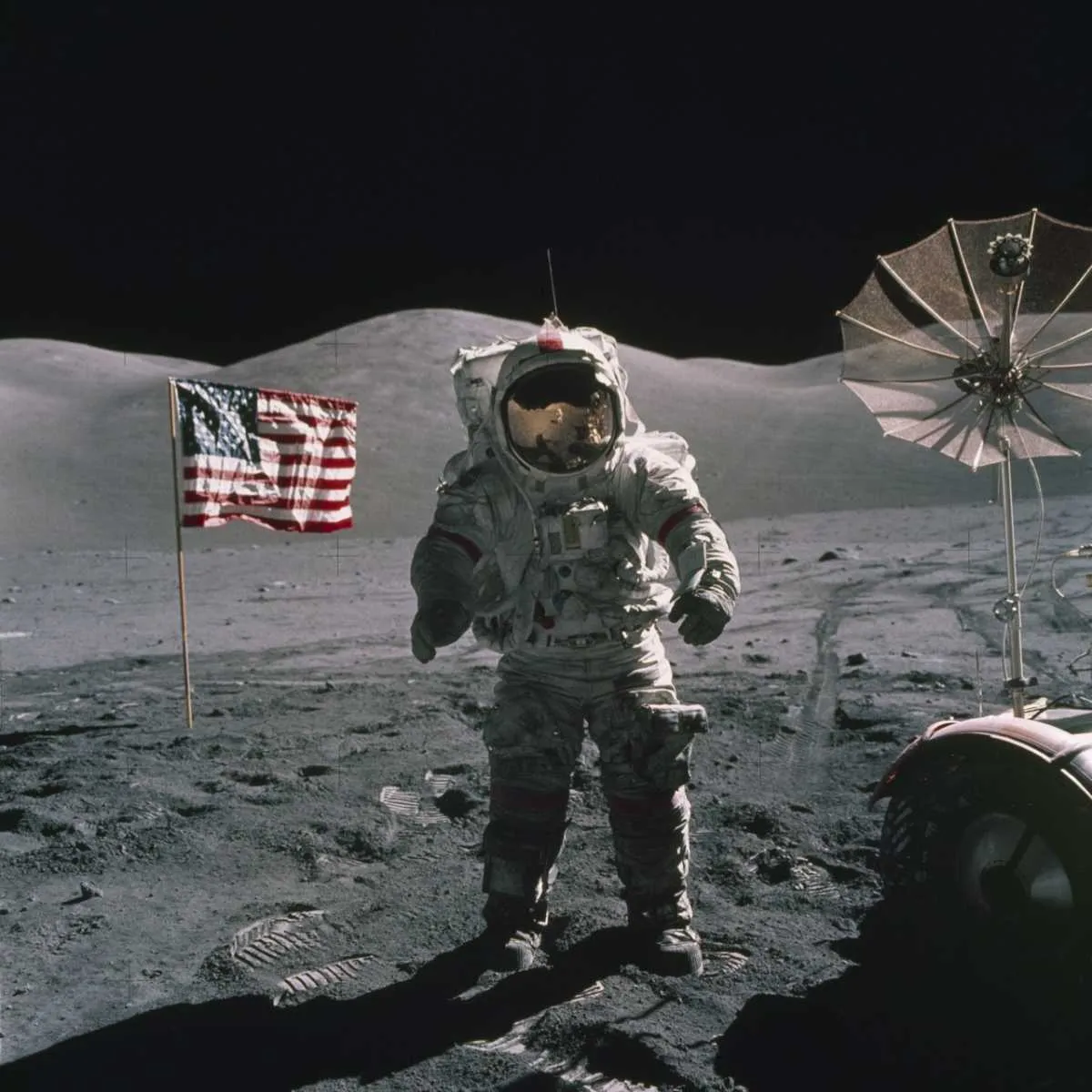
“I Was Strolling on the Moon One Day”
Along with crewmate Harrison H. (Jack) Schmitt, Cernan would spend over three days on the Moon’s surface, longer than any other mission, and 22 hours 6 minutes Moonwalking. With all that time on the surface, it’s no wonder the crew foundtime for a song…
As he left the Moon Cernan said: "We leave as we came, and, God willing, we shall return, with peace and hope for all mankind."

Lunar Rover
"Apollo 17 built upon all of the other missions scientifically," said Cernan in 2008. "We had a lunar rover, we were able to cover more ground than most of the other missions. We stayed there a little bit longer. We went to a more challenging unique area in the mountains, to learn something about the history and the origin of the Moon itself."

Blue Marble
The Apollo 17 mission is also when one of the most famous photographs in history was taken. Known as the Blue Marble photograph, it shows the whole of the Earth fully illuminated.
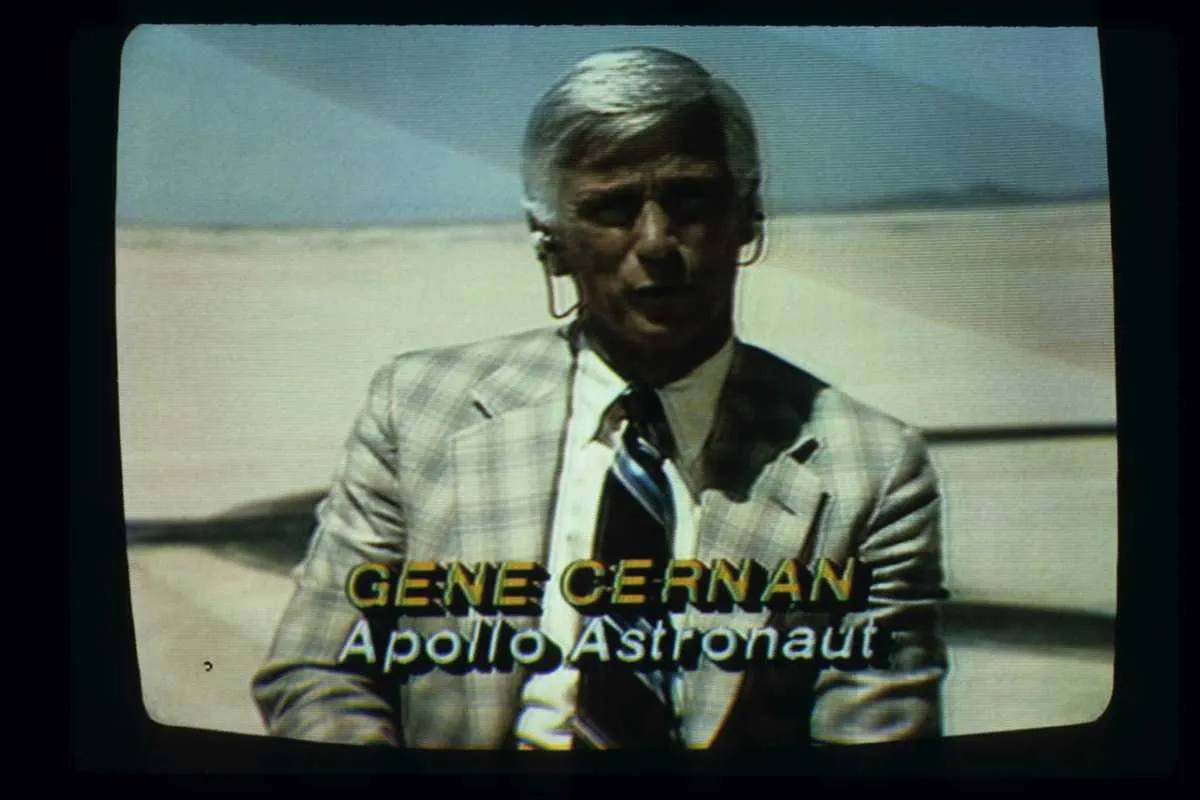
Retirement
Cernan retired from the Navy and NASA in 1976, after a 20-year career in which he made space history. He later became a commentator for ABC News and covered health, science and medicine, as well as following Space Shuttle launches.
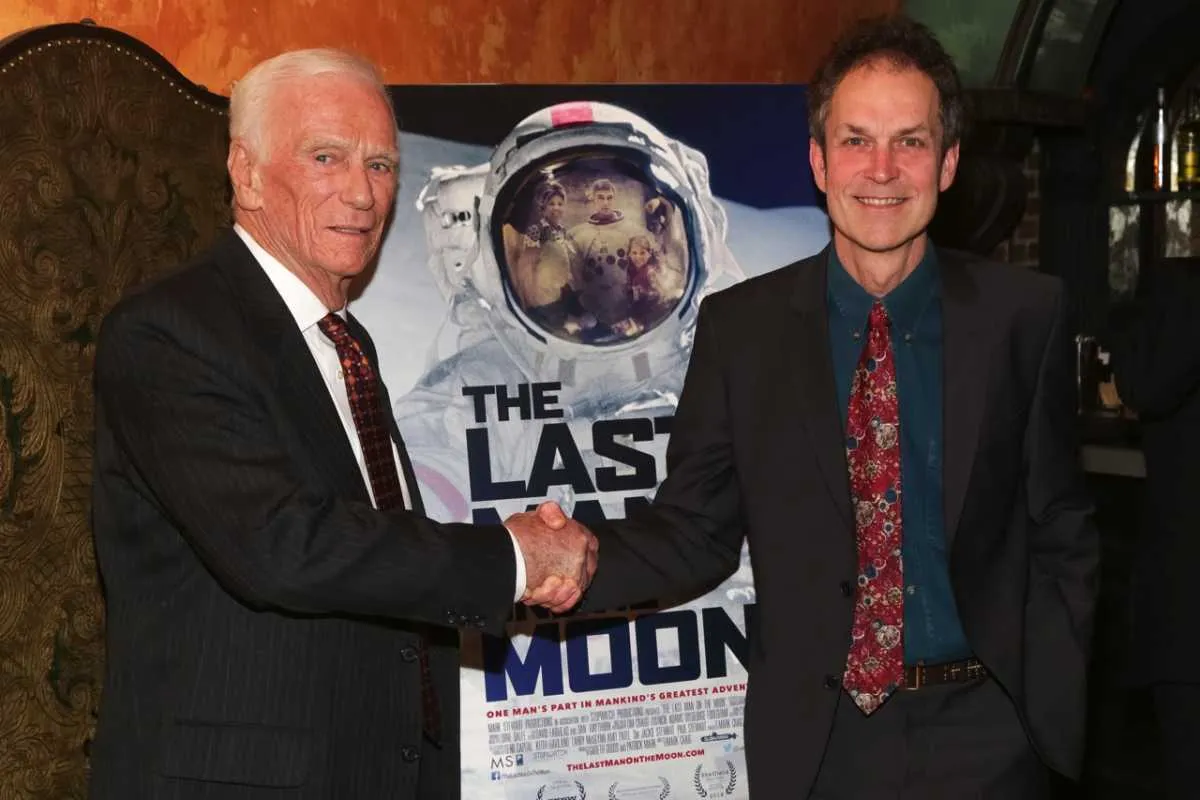
Life in film
His historic mission was documented in the 2016 filmThe Last Man on the Moon, by British filmmaker Mark Craig (right). You can see clips of the filmhere.
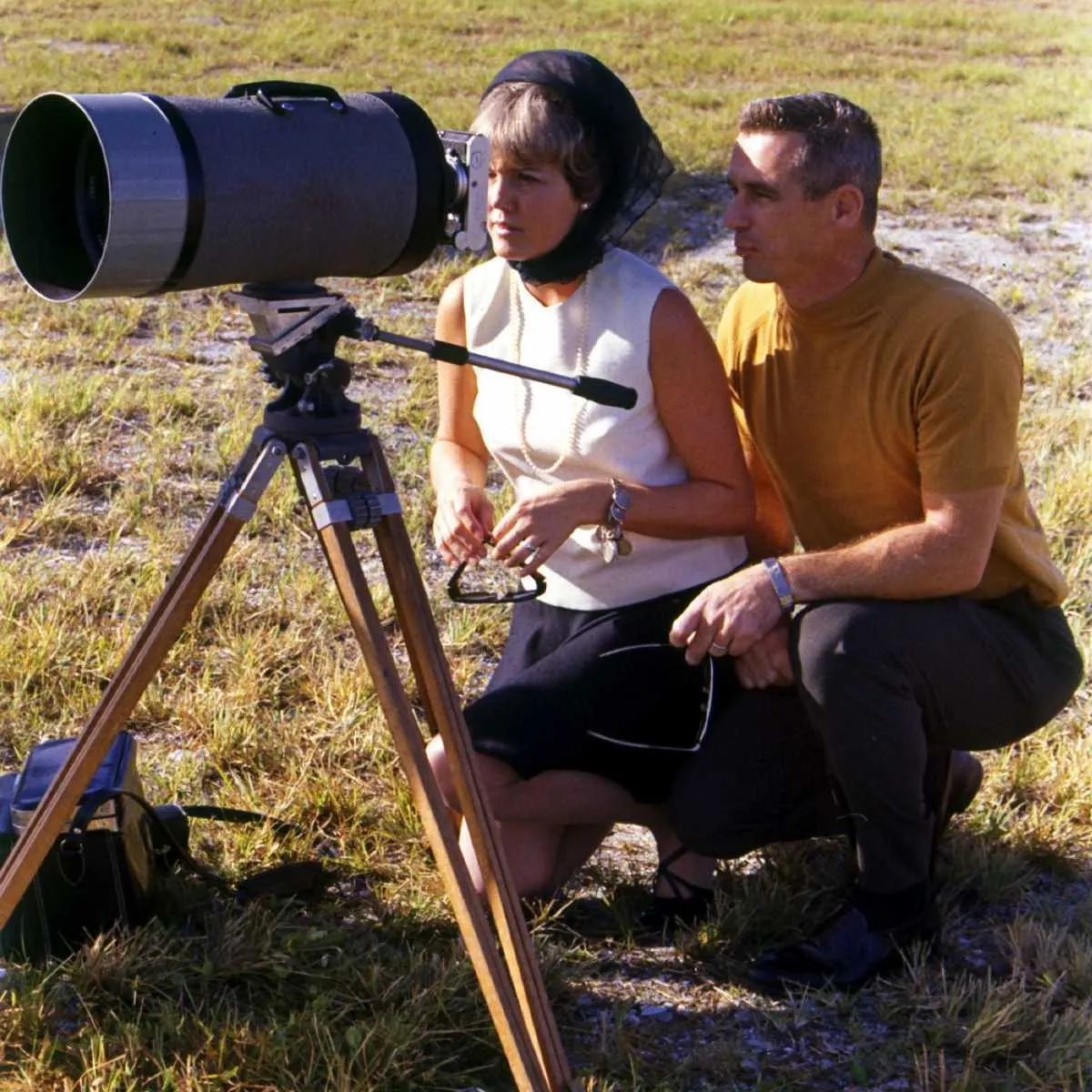
Cernan with his wife Jan Nanna Cernan
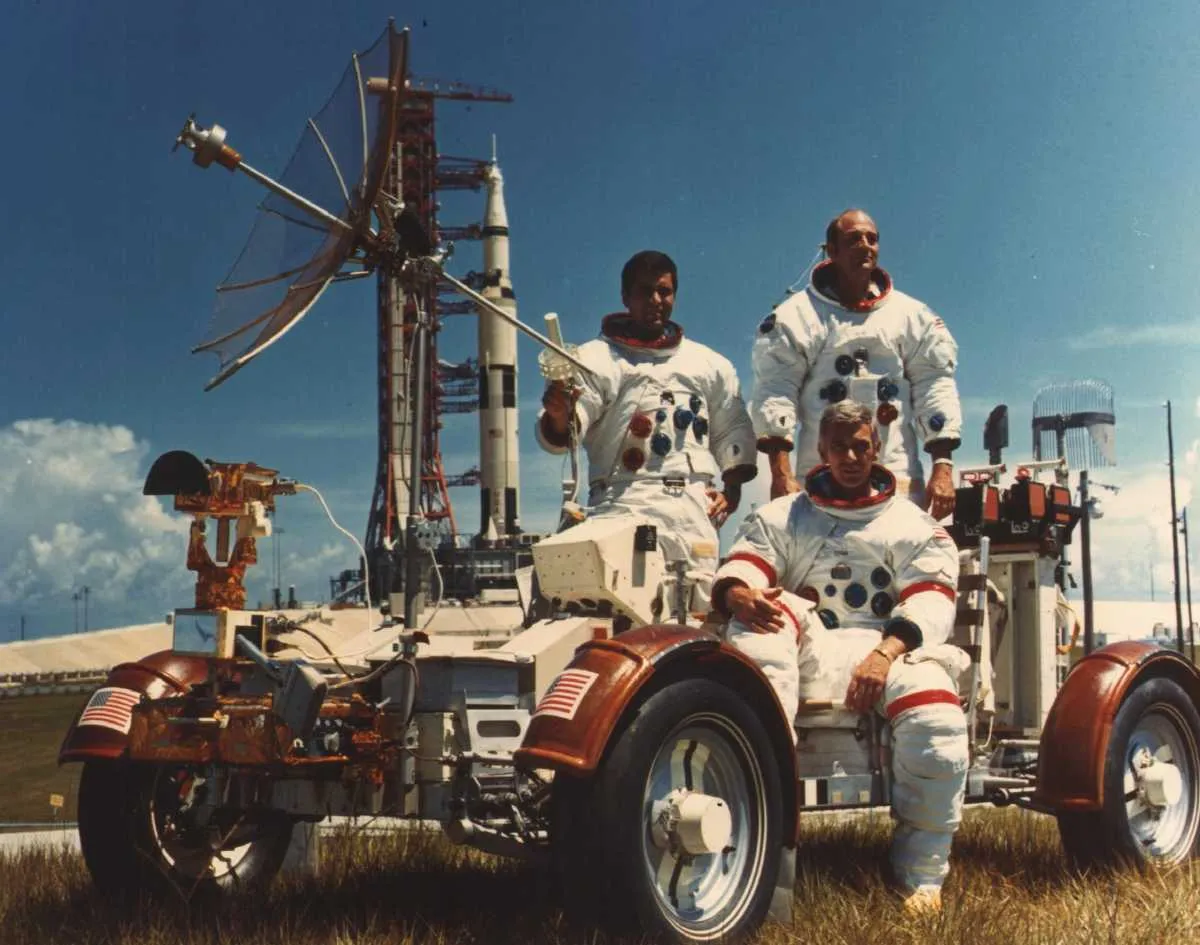
The Apollo 17 crew
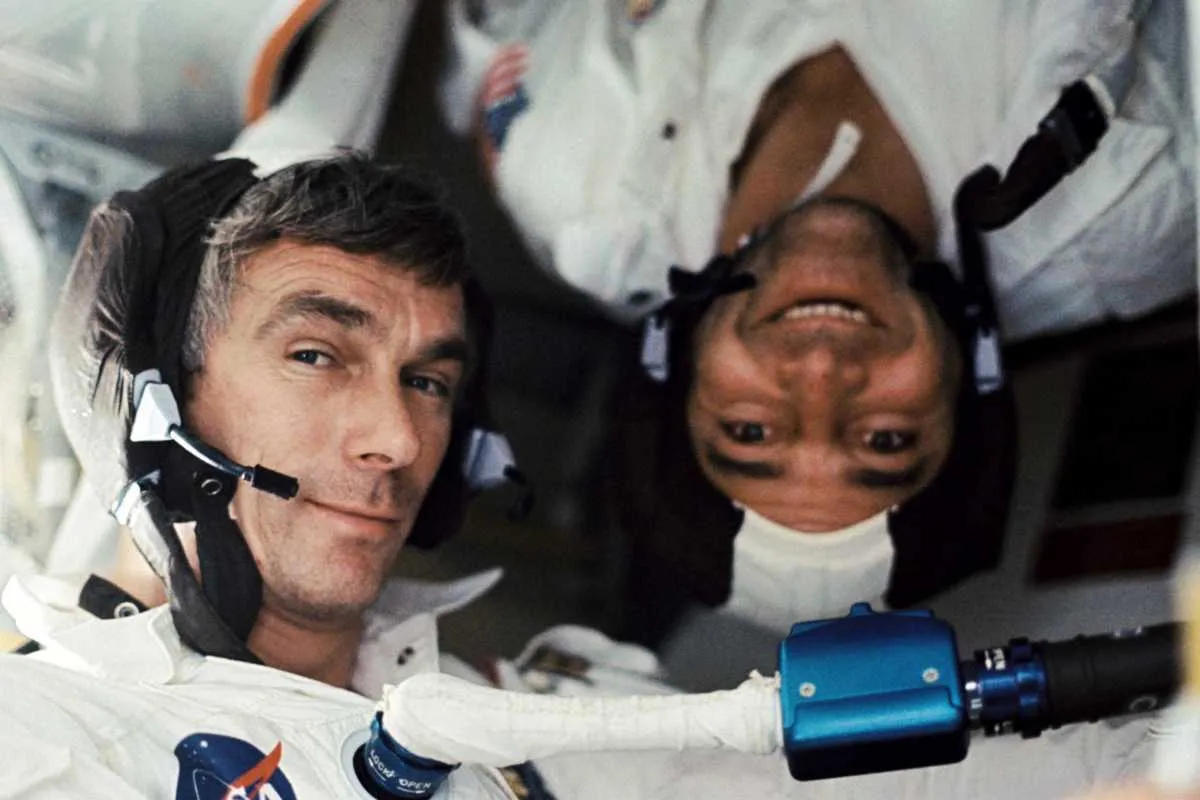
Cernan and Roland Evans in Apollo 17
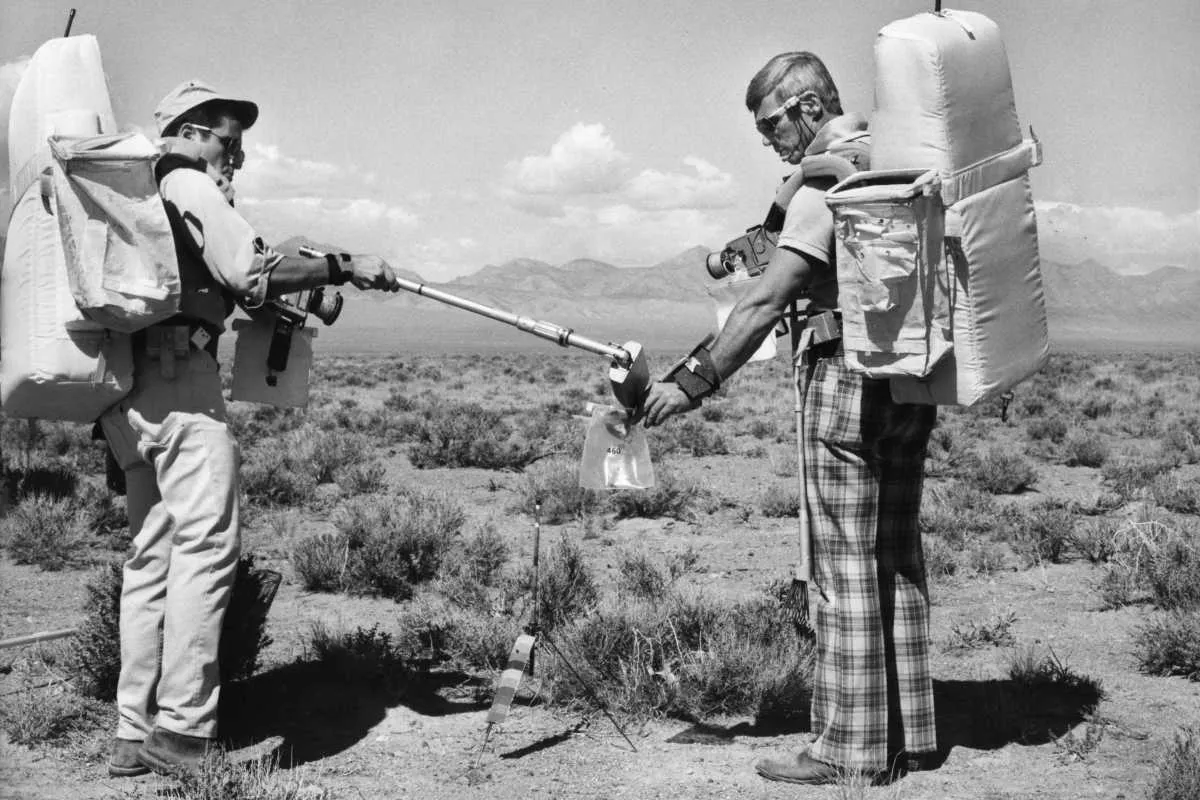
Gene Cernan (R) demonstrating Apollo 17 equipment
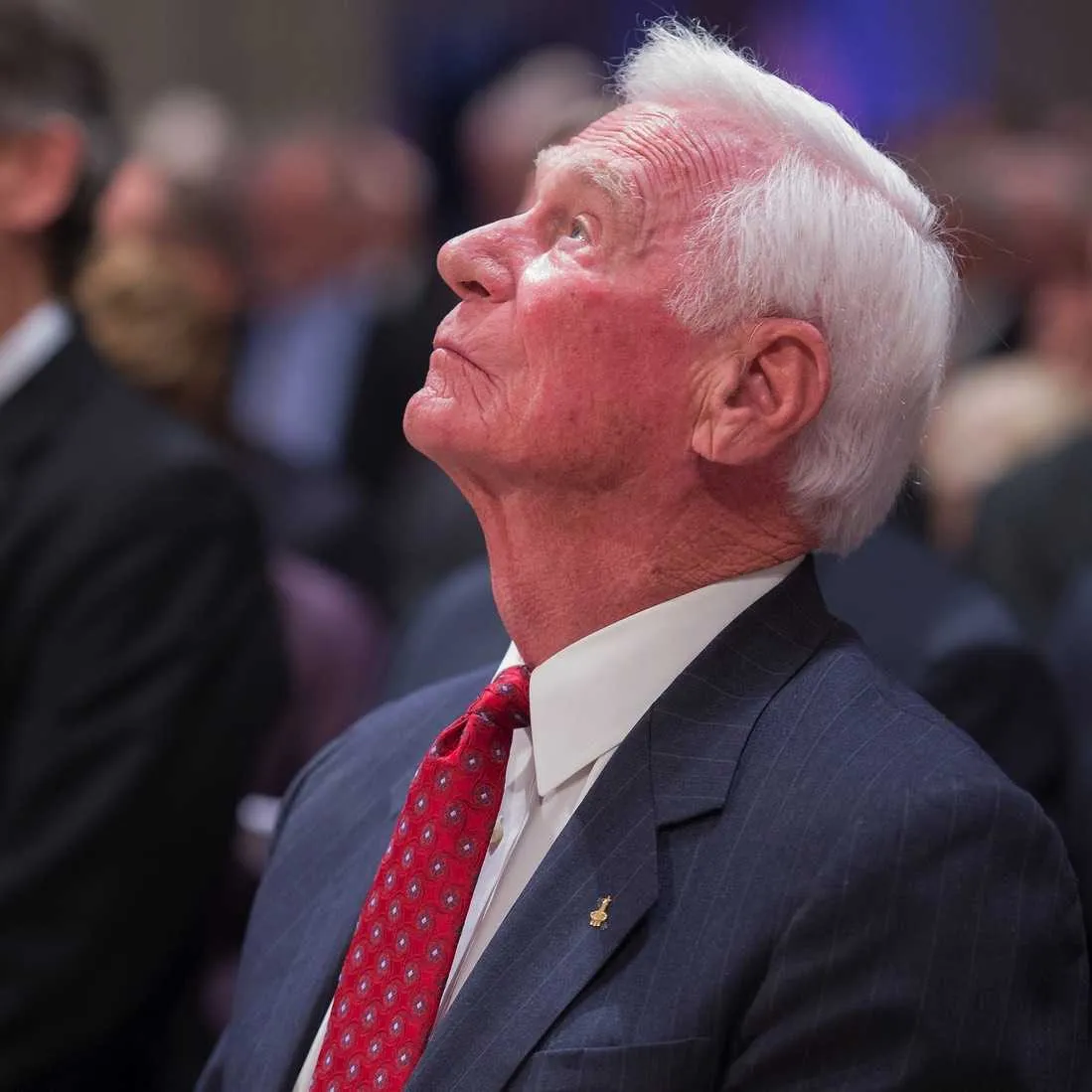
Cernan at a memorial service for Neil Armstrong
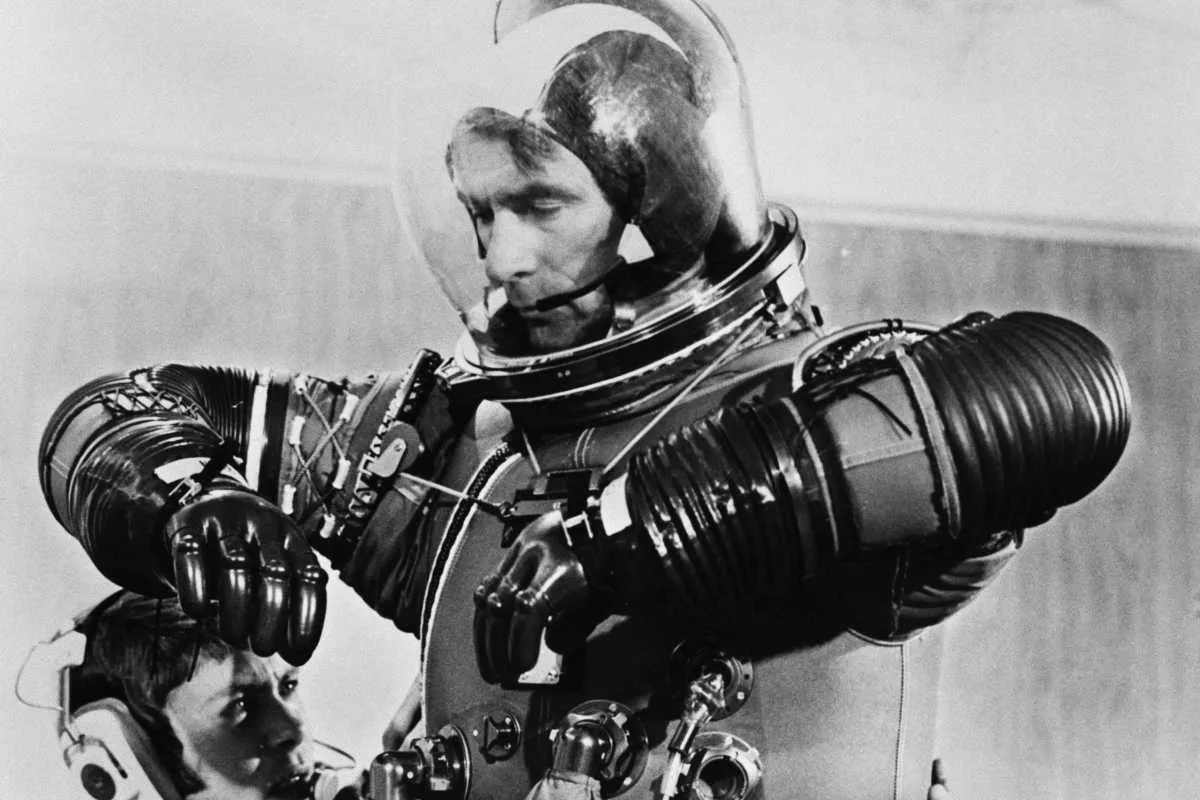
Astronaut Eugene Cernan at work
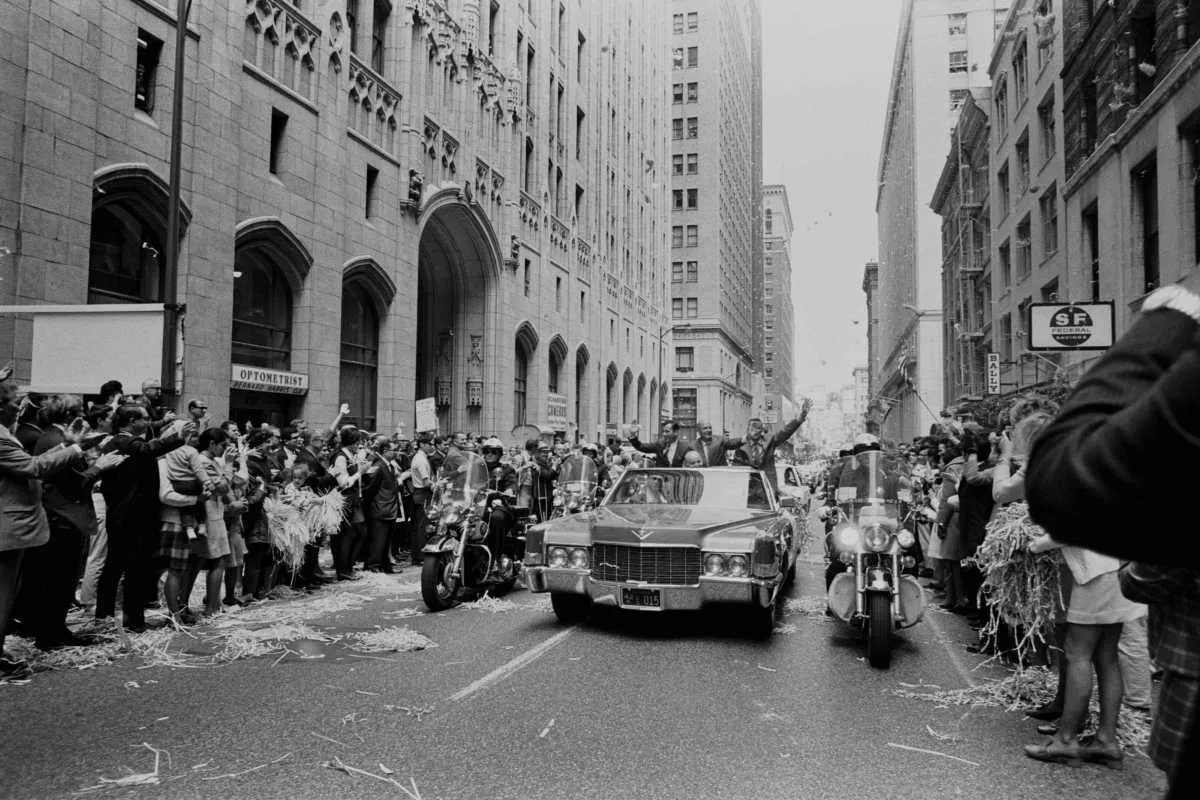
Ticker tape for Apollo 10 astronauts

Apollo 17 Commander Gene Cernan welcomed back to Earth

Cernan touches an American flag on the surface of the Moon
Follow Science Focus onTwitter,Facebook, Instagramand Flipboard